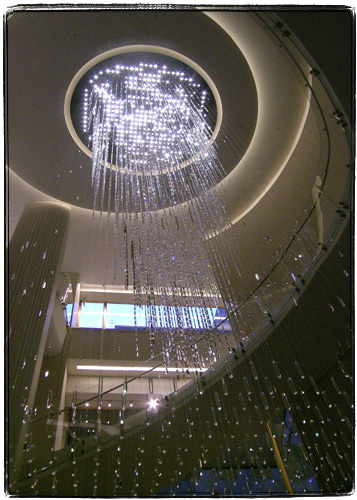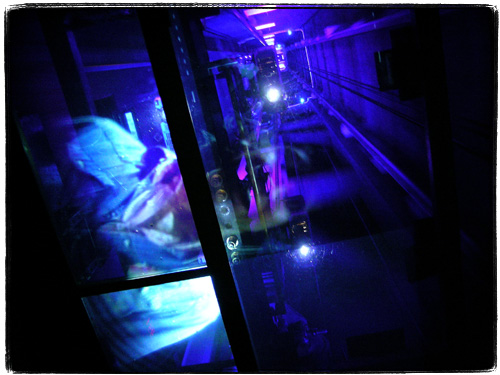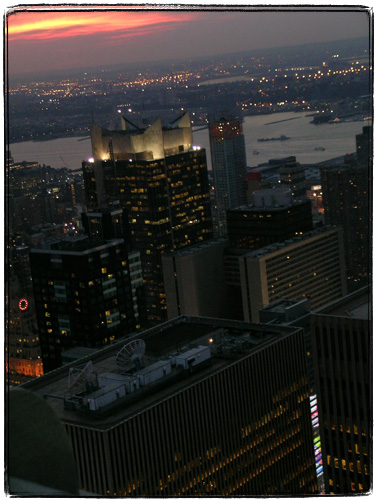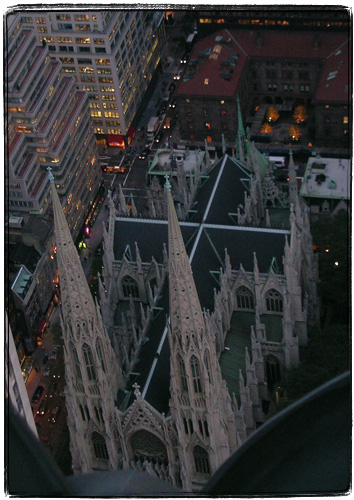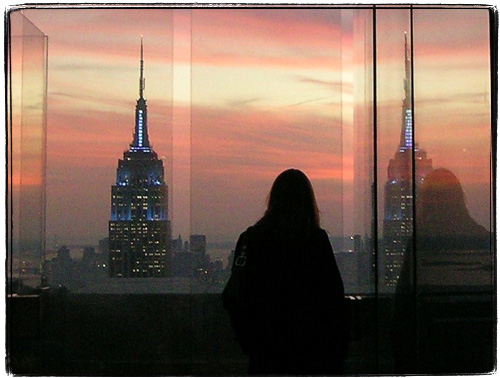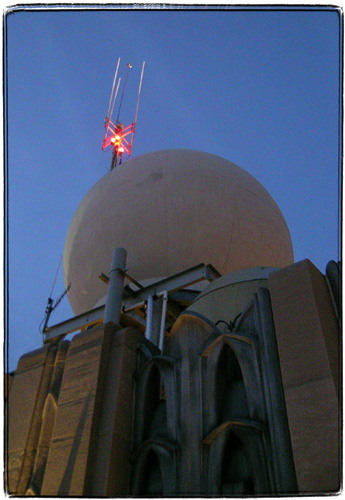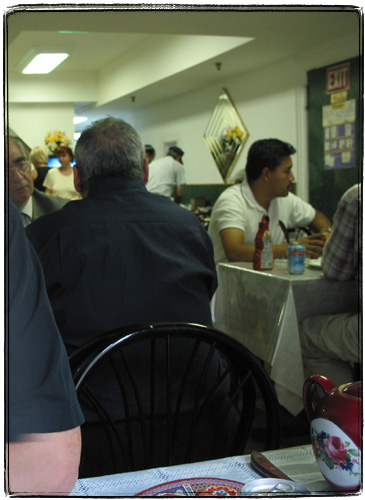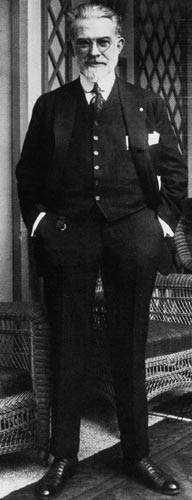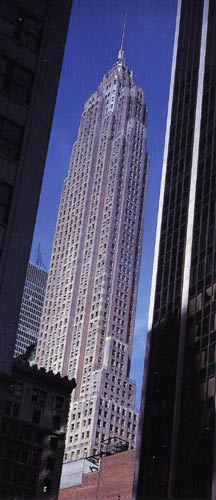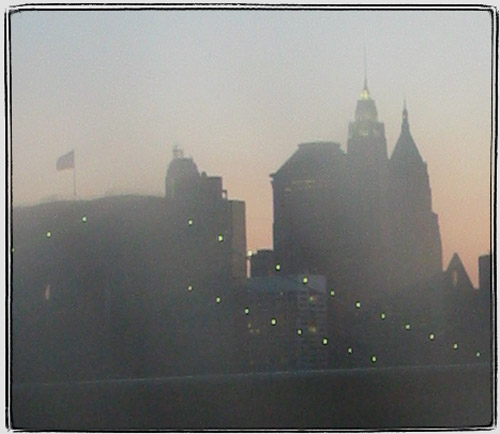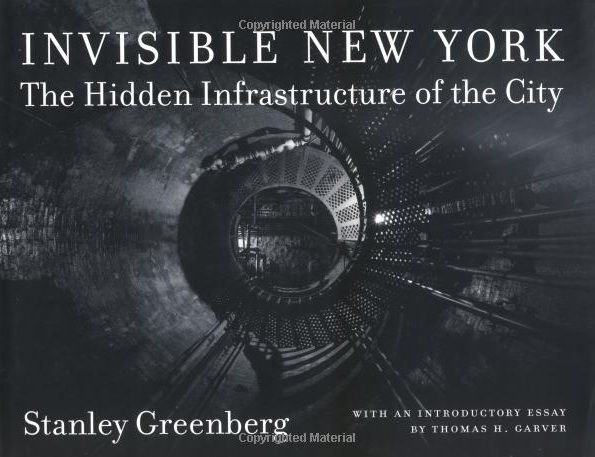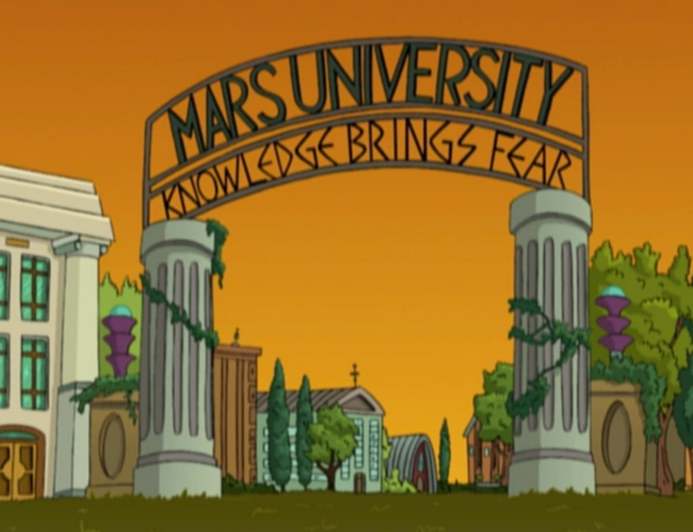
Ignorance is bliss, and knowledge brings fear. Or sometimes it's the other way around.
There are three levels of fearing or not-fearing something: out of ignorance, out of shallow knowledge, and out of deeper knowledge and experience.
I was once afraid of entering or exiting an elevator that did not come to a stop exactly level with the floor. If such a thing happened, it would stand to reason that the elevator was malfunctioning, and could possibly start moving once again when I'd be half-way in or out. My mind would paint gruesome pictures of being cut in half.
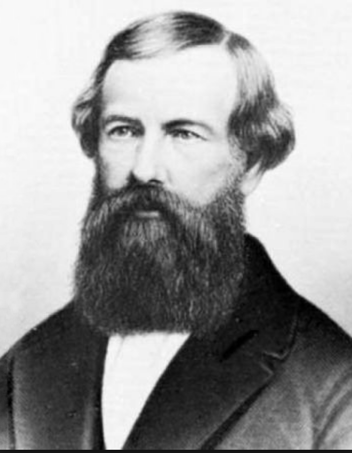
Then, when I was in college, I worked as a manual elevator operator. I was in charge of a hulking Otis elevator that was built some time in the 1920s. In the course of my training I learned about Elisha Otis' ingenious safety mechanism.
This finely bearded gentleman invented an extremely simple mechanism. An elevator would have a spring-loaded device that would extend special claws into the notched guide rails if the elevator would fall too quickly. In addition to that, a safety switch turned off power to the motor when the doors were open. In the following years I was not afraid of being cut in half, and bravely dismounted my elevator in any position.
Later on, working an office job in Midtown, I heard horrible news. An advertising executive tried to "catch" an already closing elevator by forcing her body inside. Instead of remaining motionless, the cab lifted her and squished her against the shaft, nearly cutting her body in half. The elevator remained jammed for several hours with two more people inside.
My first reaction was — this is impossible! The cutoff circuit, the safety device — what happened? What I learned, of course, was that technicians are able to override safety setting with jumper wires and put the elevator into a manual mode. Of course, sometimes they forget to remove the jumper wires, and an elevator can squish you as a bug if you try to force your way in. Now I am terrified of elevators once again, but for a different reason, of course.
Out of the three types of engineers, Mort is fearful because he's ignorant, Elvis is overconfident because he thinks he knows things, and Einstein is fearful and paranoid because he has an idea about how the sausage is made.
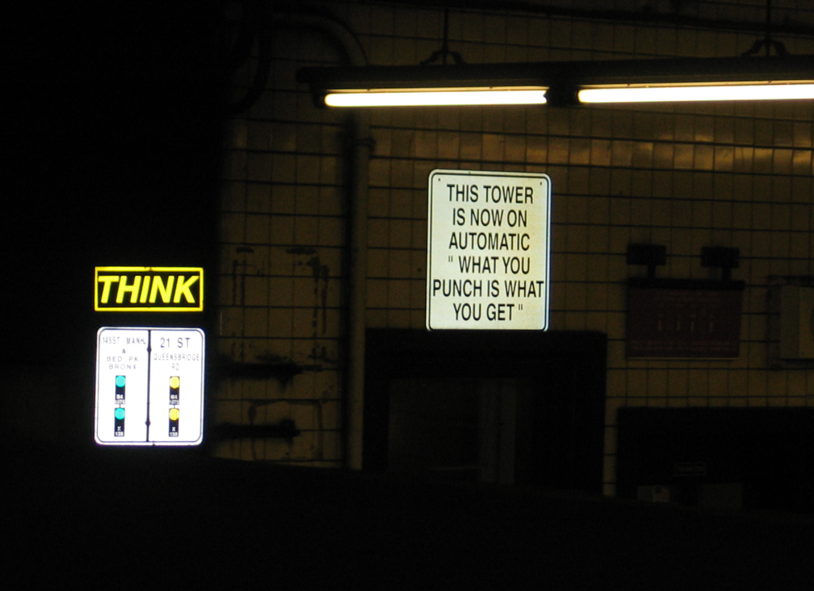
In UNIX, I learned with power-greedy pleasure that you could kill a system right out from under yourself with a single command. This power was almost the first thing anyone teaches you not to do, then, with a devilish glee, tells you exactly how to: run as the user with complete systems permissions, go to the root level of the disk directory, then type in rm -rf *.
Ullman, Ellen. Life in Code: A Personal History of Technology (p. 43).
The second blog post in this series will focus on the very non-obvious learning curve of driving a manual elevator.
